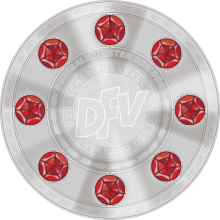
FC Energie Cottbus is a German football club based in Cottbus, Brandenburg. It was founded in 1963 as SC Cottbus in what was East Germany. After the reunification of Germany, Energie played six seasons in the third tier of the German football league system before floating between the 2. Bundesliga and Bundesliga for 17 years between 1997 and 2014. From 2014 to 2016, the club played in the third tier, 3. Liga, and were then relegated to the Regionalliga Nordost. In 2018, they were promoted back into the 3. Liga, only to be relegated again the next season.

FC Hansa Rostock is a German association football club based in the city of Rostock, Mecklenburg-Vorpommern. The club is also called as "the cog" because of its club crest. They have emerged as one of the most successful clubs from the former East Germany after German reunification and have made several appearances in the top-flight Bundesliga. With 21,416 club members, the club is one of the largest sports clubs in Germany.

FC Carl Zeiss Jena is a German football club based in Jena, Thuringia. Founded in 1903 it was initially associated with the company Carl Zeiss. From the 1960s to the 1980s it was one of the top-ranked clubs in East Germany, won the DDR-Oberliga and the FDGB-Pokal three times each and reached the 1981 European Cup Winners' Cup Final. Since the German reunification in 1990, the club has competed no higher than the second tier. Since the 2021–22 season, Jena is playing in the Regionalliga Nordost.
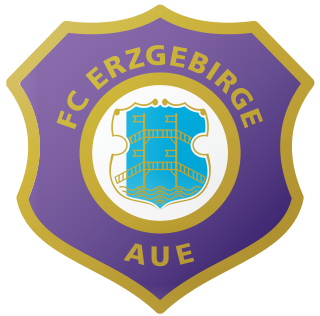
Fußball Club Erzgebirge Aue e.V., commonly known as simply FC Erzgebirge Aue or Erzgebirge Aue, is a German football club based in Aue-Bad Schlema, Saxony. The former East German side was a founding member of the 3. Liga in 2008–09, after being relegated from the 2. Bundesliga in 2007–08. The city of Aue-Bad Schlema has a population of about 20,800, making it one of the smallest cities to ever host a club playing at the second highest level of German football. However, the team attracts supporters from a larger urban area that includes Chemnitz and Zwickau, whose own football sides are among Aue's traditional rivals.
The NOFV-Oberliga is a division at step 5 of the German football league system. After the fall of the Berlin Wall, it became the successor of the DDR-Oberliga, and functions today as a 5th division in the former territory of East Germany and the city of Berlin.
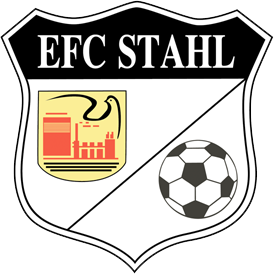
Eisenhüttenstädter FC Stahl was a German association football club based in Eisenhüttenstadt in Brandenburg. The club dissolved in 2016 and merged into FC Eisenhüttenstadt. FC Eisenhüttenstadt plays in the sixth tier Brandenburg-Liga as of the 2021–22 season.
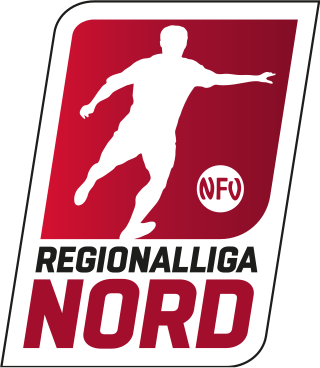
The Regionalliga Nord is the fourth tier of the German football league system in the states of Lower Saxony, Schleswig-Holstein, Bremen and Hamburg. It is one of five leagues at this level, together with the Regionalliga Bayern, Regionalliga Nordost, Regionalliga Südwest and the Regionalliga West. Until the introduction of the 3. Liga in 2008 it was the third tier.

Uwe Reinders is a German former footballer and manager.

FSV Optik Rathenow is a German association football club who compete in the Oberliga. The club is situated in the city of Rathenow, near Berlin, and play their home games at the Vogelgesang.
The NOFV-Oberliga Nord is the fifth tier of the German football league system in the northern states of the former East Germany and West Berlin. It covers the German states of Berlin, Brandenburg, Mecklenburg-Western Pomerania and northern Saxony-Anhalt. It is one of fourteen Oberligas in German football. Until the introduction of the 3. Liga in 2008 it was the fourth tier of the league system, and until the introduction of the Regionalligas in 1994 the third tier.
The NOFV-Oberliga Süd is the fifth tier of the German football league system in the southern states of the former East Germany. It covers the German states of Saxony-Anhalt, Thuringia, Saxony and southern Brandenburg. It is one of fourteen Oberligas in German football. Until the introduction of the 3. Liga in 2008 it was the fourth tier of the league system, and until the introduction of the Regionalligas in 1994 the third tier.

The Verbandsliga Mecklenburg-Vorpommern is the sixth tier of the German football league system and the highest league in the German state of Mecklenburg-Western Pomerania. Until the introduction of the 3. Liga in 2008 it was the fifth tier of the league system, until the introduction of the Regionalligas in 1994 the fourth tier.

The DDR-Liga was, prior to German reunification in 1990, the second level of football competition in the DDR, being roughly equivalent to the 2. Bundesliga in West Germany.

Dirk Heyne is a former German football goalkeeper turned manager.
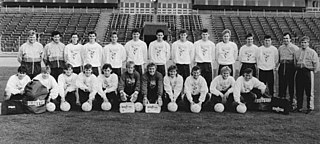
Jörn Lenz is a German former professional footballer who played as a defender. Lenz had four different spells with BFC Dynamo during his professional playing career and has continued to serve as part of the club's backroom staff since retiring in 2008. Lenz played a total of 374 matches for BFC Dynamo between 1988 and 2008. He made two appearances for BFC Dynamo in the 1989-90 European Cup Winners' Cup.
The all-time DDR-Oberliga table is a cumulative record of all match results, points, and goals of every team that played in the former East Germany's first division DDR-Oberliga from its inception in 1949 until its dissolution in 1991 following German reunification. It awards two points for a win and one point for a draw, as this was the system in use at the time. The matches of the transition round made necessary by the adoption of a Soviet-style calendar year schedule in 1955 are not included. In its final season (1990–91), the competition was known as the NOFV-Oberliga, before becoming part of the German Football Association.

ASG Vorwärts Dessau is a German association football club based in Dessau-Roßlau, Saxony-Anhalt.

Frank Siersleben is a German former football player and manager. He spent the majority of his career with 1. FC Magdeburg playing in the DDR-Oberliga, East Germany's top flight, and won 23 caps for East Germany youth national teams.

Sven Köhler is a former German footballer and coach.
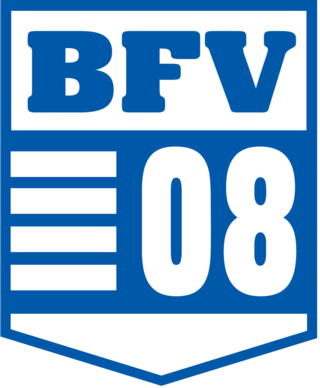
The Bischofswerdaer FV 08 is a German association football club from the town of Bischofswerda, Saxony.
